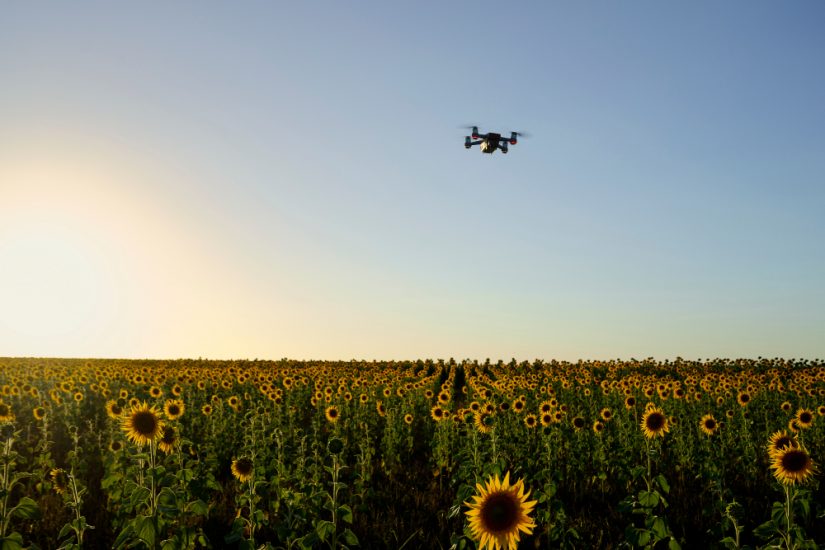Revolution Aerospace is leading an Australian Trusted Autonomous Systems (TAS) National Accreditation Support Facility Pathfinder Project (NASF-P) to develop a new Detect and Avoid (DAA) Design, Test and Evaluation (DT&E) standard for low-risk, uncontrolled airspace outside the airport environment.
According to a TAS web-page article:
“The overarching purpose of the NASF-P is to:
- Make it easier to design, build, test, assure, accredit, and operate an autonomous system in Australia, without compromising safety; and
- Support and promote Queensland’s existing test ranges; and
- Encourage both domestic and international business to operate in, and use Queensland as a base for the purpose of testing, assuring, and accrediting autonomous systems; and
- Investigate, design, and facilitate the creation of an appropriate, independent third party entity that can continue to support the design, build, test, assurance, accreditation, and operation of autonomous system in Australia, by bridging the gap between industry, operators, and regulators.
“In the air domain specifically, the largest impediment to the integration of unmanned aircraft (regardless of autonomy) into the National Airspace System (NAS) is complying with the intent[1] of the See and Avoid (SAA) requirements detailed within Regulations 163 and 163A of the Civil Aviation Regulations 1988 (Cth), particularly in Beyond Visual Line of Sight (BVLOS) operations. In lieu of a solution, operators and the regulator must go through a labour-intensive stakeholder engagement process with all aviation parties to prevent mid-air collisions. This approach will not scale to the projected numbers of Unmanned Aerial Systems (UAS) operations into the future.
“An autonomous/highly automated DAA system that complies with the safety objectives of CAR 163 and CAR 163A is a key enabling technology for integration into complex Australian airspace and will form an integral part of the safety assurance framework for UAS operations into the future.
“The TAS team have initiated a new project, led by Revolution Aerospace, to develop a new Detect and Avoid (DAA) Design, Test and Evaluation (DT&E) standard for low-risk, uncontrolled airspace outside the airport environment. This is particularly relevant to Australian unmanned aircraft operations.”
The new DT&E standard will create a process acceptable to CASA[2] that allows:
- the derivation of high-level safety objectives; and
- development of Verification and Validation (V&V) requirements; and
- the conduct of relevant simulations and tests to demonstrate compliance with the safety objectives; and
- the collation of compliance process and data into a package to support regulators (e.g. CASA) in issuing an approval for the operation.
“TAS will engage closely with key stakeholders, including CASA, the Australian Association for Unmanned Systems (AAUS) and other industry members to ensure the process reflects current best practice, and is appropriate and useful for the Australian aviation industry. The intent is for the new process to be available for testing by the end of the year.”
For more information
(Image: Drone in the sunflowers, Queensland Shutterstock/Visual Collective)




